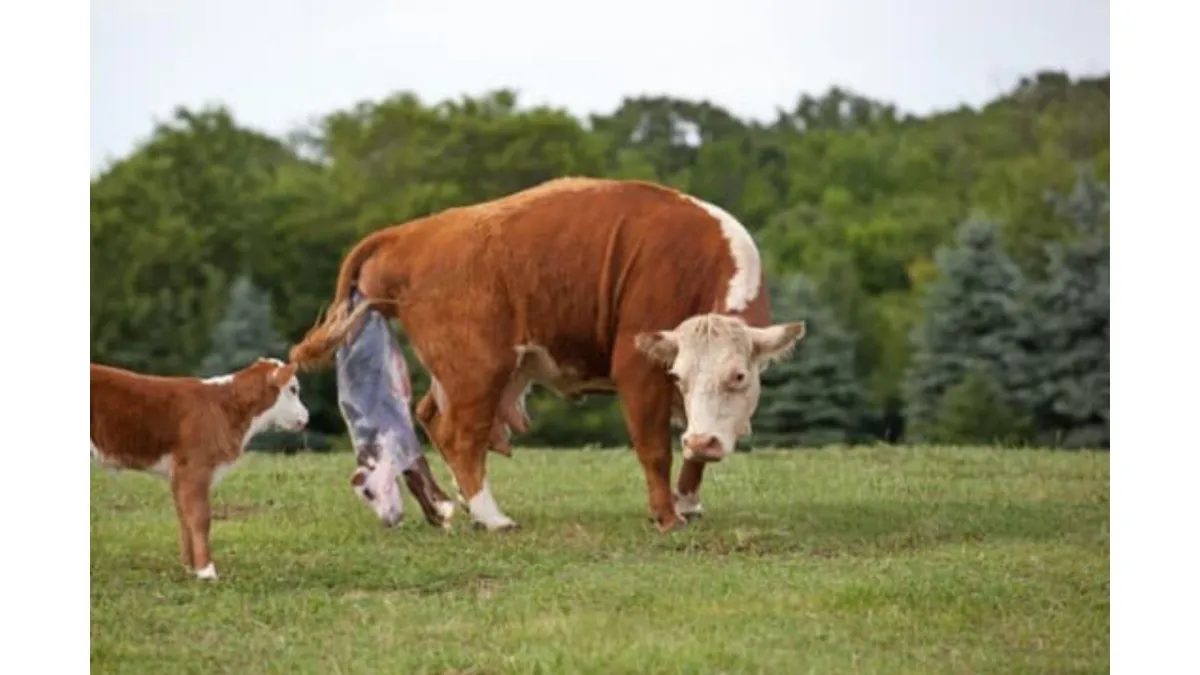
Birth problems - calving, lambing, kidding, foaling
Spring brings a new crop of lambs, kids, calves, and foals to the lifestyle block. Watching a healthy birth is a rewarding experience, especially for children, but it helps to understand what normal looks like and how to recognise trouble early.
Minimise disturbance
All herd animals prefer to give birth alone, in a sheltered, quiet space. Avoid disturbing them from the first signs of labour until the newborn has had its first colostrum feed and is confidently on its feet. First-time mothers and high-strung animals are especially sensitive to disruption.
A few weeks before birth, move pregnant animals to a clean paddock with good shelter from wind and rain.
Signs of normal birth
In the lead-up to birth, you may notice:
A full udder
A swollen vulva
The animal separating from the group
Labour usually begins with contractions that position the baby. Then you'll see the placenta bulging at the vulva. Most young are born in the 'diving' position - front legs extended with the nose between them.
Once contractions begin, progress should be steady. Most animals deliver within 15 minutes.
If the navel might contact mud or dirt, apply iodine or an iodophor spray as soon as possible, and repeat at 24 to 36 hours if conditions are wet.
When to worry
Complications increase if the mother is disturbed, or if the baby is in the wrong position.
Call your vet early if:
The animal has been straining for more than 10 minutes with no progress
Membranes or part of the foetus are visible but nothing is happening
You suspect the baby is twisted or misaligned
It may be possible to reposition the foetus manually, but this requires experience and a clean, well-lubricated hand. Breech births and twin complications usually require veterinary assistance. Horse births (foaling) are particularly complex and should always involve a vet if anything seems abnormal.
Helping with the first feed
After a normal birth, resist the urge to interfere. Give the newborn 4 to 6 hours to stand and suck. If help is needed, do not hold the head. Instead:
Support the hindquarters
Let the head move freely
Rub the base of the tail to trigger sucking behaviour
Conclusion
Most animals will birth successfully with minimal human input, especially if you provide a clean, sheltered environment and resist the urge to intervene too early. But it's crucial to recognise the early signs of a problem, and act quickly when necessary.
Learn more
Understanding what’s normal and when to call for help can make a big difference at lambing and calving time. Our online courses cover everything lifestyle farmers need to know about planning for safe and successful births.
Sheep Breeding: covers ewe care, lambing issues, feeding and postnatal management
Cattle Breeding: from heat detection to calving support and calf care
Give your animals the best start with practical, easy-to-follow advice. Learn at your own pace, whenever it suits you.

